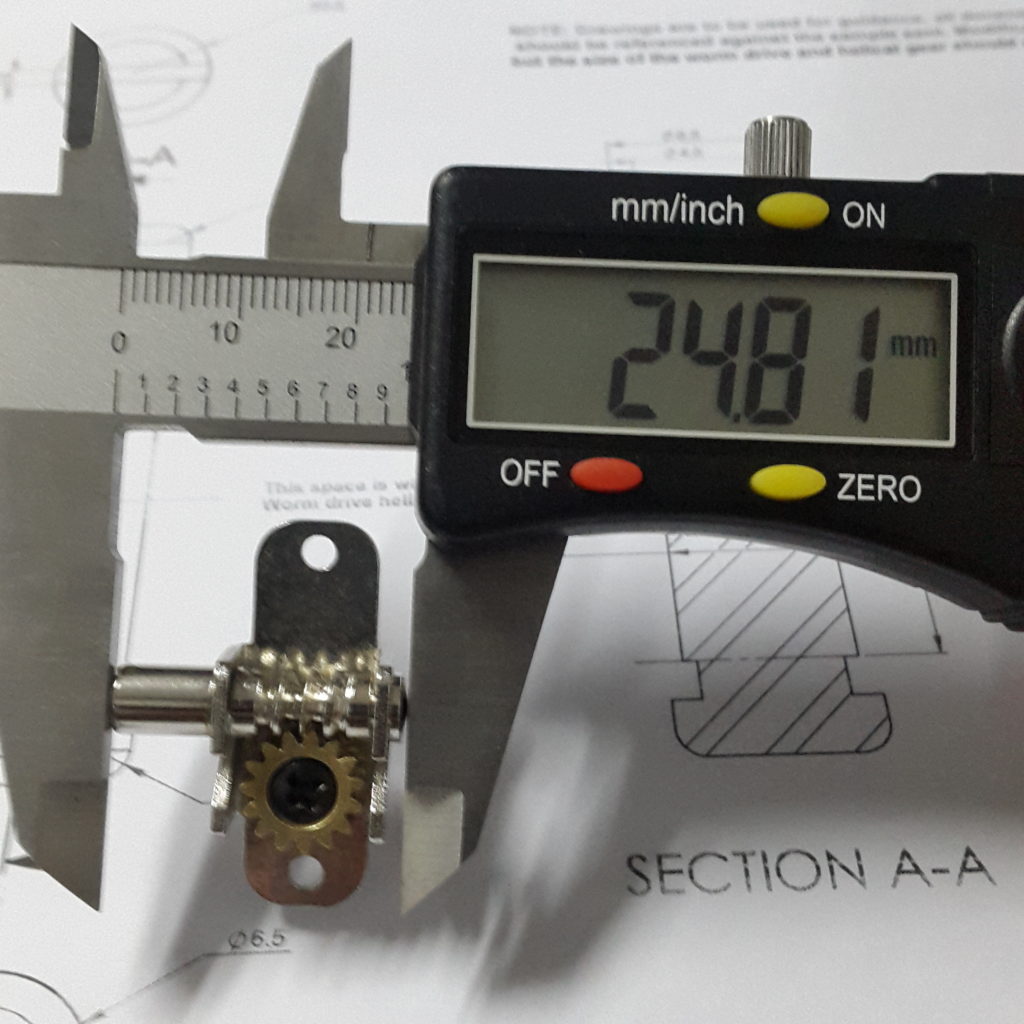Quality control process
Factory sampling to the agreed specification
1. Samples produce normally minimum 2pcs one for client, one for reference.
2. Full inspection of the samples by Nomis.Asia QC / engineering staff, Detailed report sent the client for review, including dimensional checks and related pictures
3. Sample sent to client for their visual inspection and other checks.
4. Client feed back:
a. Pass
b. Rejection re make / improvements remake required the process is repeated.
c. Released for production but points to be improved in production,
5. Translation and communication to the factory so they are clear on the requirents
6. Production order starts with mid process inspection checking if required
7. Order completed: AQL inspection by Nomis Asia staff. Detailed inspection report sent to client for approval, stating pass or fail and showing rejection detail and photos if any issues.
AQL quality control process widely used in Asia (acceptable quality limit); acceptable quality level inspection standard that prescribes the range of the number of defective components that is considered acceptable when random sampling those components during an inspection. The defects found during an electronic or electrical test, or during a physical (mechanical) inspection, are sometimes classified into three levels:
• Critical
• Major
• Minor
Critical defects are those that render the product unsafe or hazardous for the end user or that contravenes mandatory regulations or the product is none functional outside of it usage specification
Major defects can result in the product’s failure, reducing its marketability, usability or saleability. Basically just not acceptable.
Minor defects do not affect the product’s marketability or usability, but represent workmanship defects that make the product fall short of defined quality standards. Different companies maintain different interpretations of each defect type. Buyers and sellers agree on an AQL standard before or when placing an order, chosen according to the level of risk each party assumes, which they use as a reference during pre-shipment inspection.
AQL sampling chart:
• Level I requires about half the amount of inspection as level II, and is used when reduced sampling cost are required and a lower level of discrimination (or power) can be tolerated.
• Level II is designated as normal.
• Level III requires about twice the amount of inspection as level II, and is used when more discrimination (or power) is needed.
The four special inspection levels S-1, S-2, S-3, & S-4 use very small samples, and should be employed only when small sample sizes are necessary, and when large sampling risks can be tolerated.
Inspection Type: There are three types of inspection:
1. Normal inspection is used at the start of the inspection activity.
2. Tightened inspection is used when the vendor’s recent quality history has deteriorated (acceptance criteria are more stringent than under normal inspection).
3. Reduced inspection is used when the vendor’s recent quality history has been exceptionally good (sample sizes are usually smaller than under normal inspection).
APPENDIX 2: MILITARY STANDARD 105E TABLES
